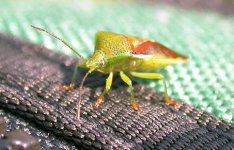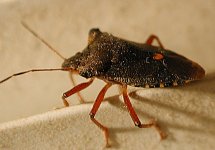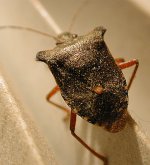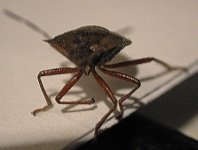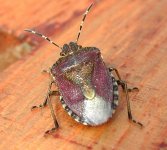harry eales
Ancient Entomologist
Jane Turner said:Brilliant... my garden is full of them.. I shall be out there with a camaer asap
Hi Jane,
Just as long as they are SHIELDBUGS and not just plantbugs. I think a camera is best for taking pictures of them, lol. Sorry, couldn't resist that. lol.
Harry





